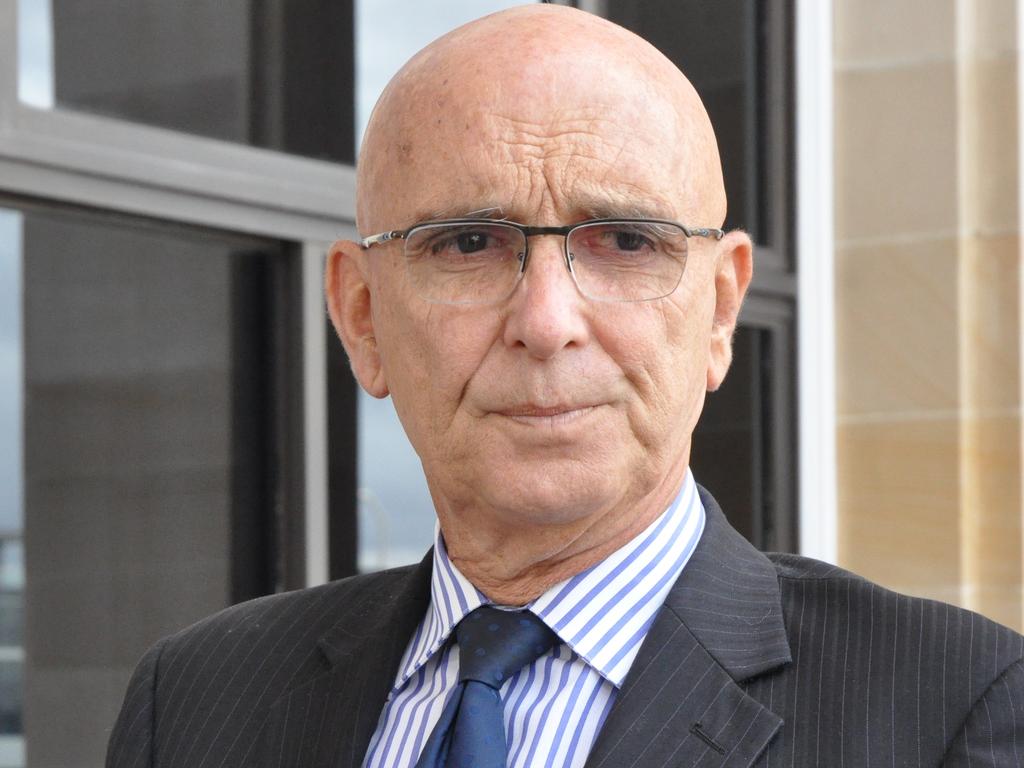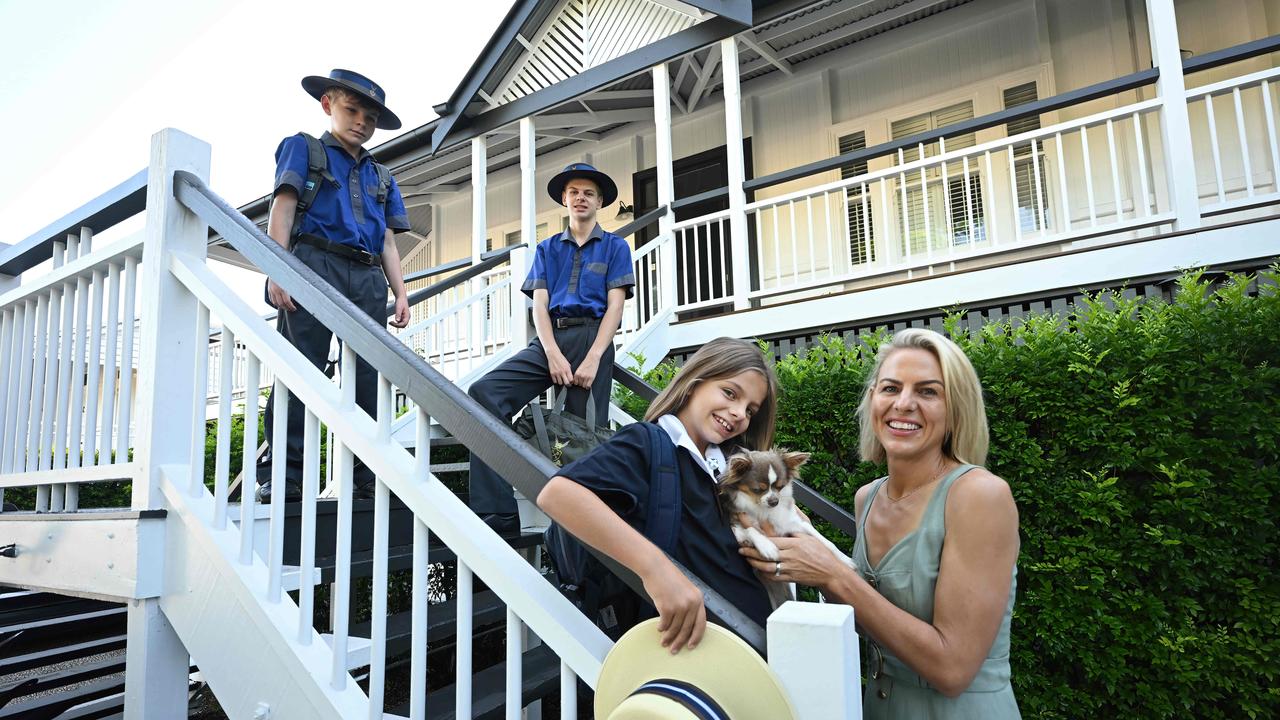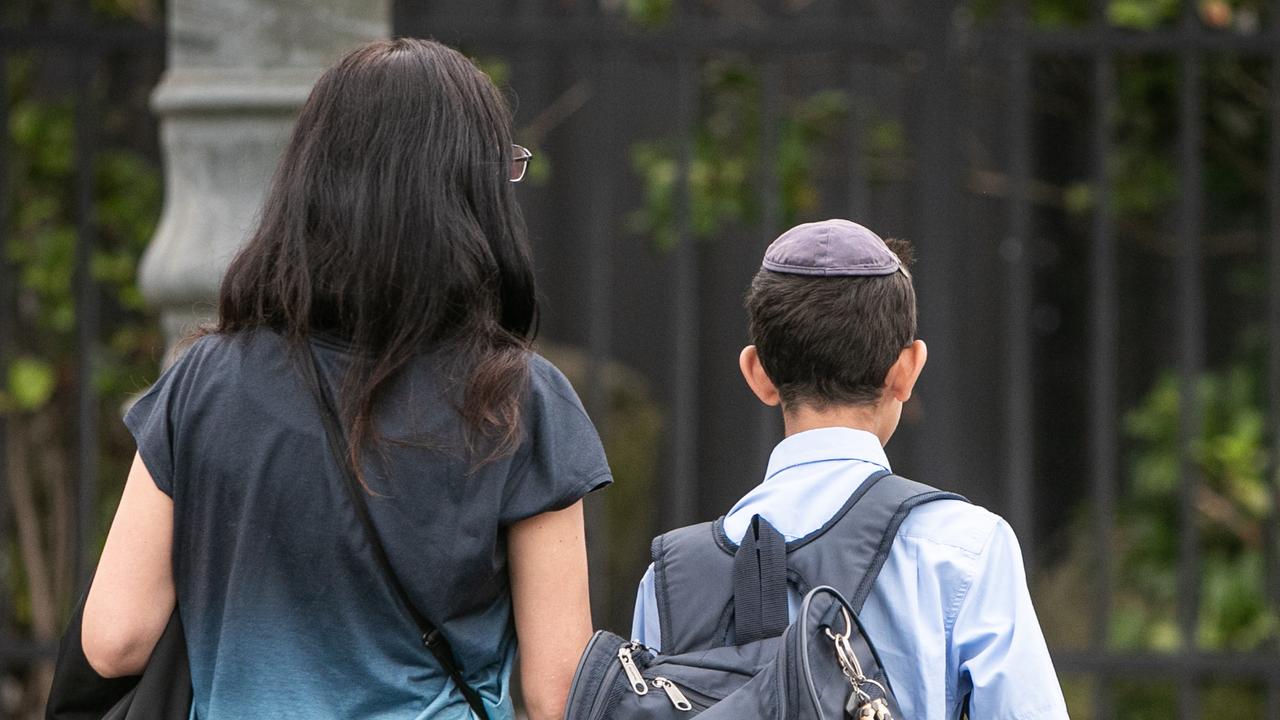Kumanjayi Walker shooting: Teenager’s fatal flight from the law
A few days before Kumanjayi Walker’s death, he cut off his court-ordered ankle bracelet and fled from a rehabilitation centre in Alice Springs.
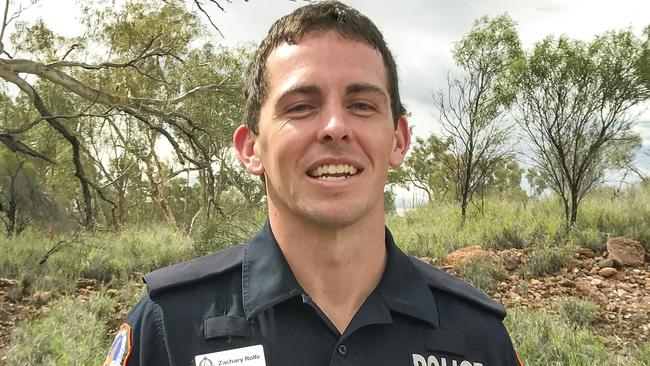
A few days before Kumanjayi Walker’s death, according to his family, he cut off his court-ordered ankle bracelet and fled from a rehabilitation centre in Alice Springs.
It’s not clear why he did that. Some say he was “just a teenager”; others say he was scared. He may have wanted to be nearer to relatives or his sweetheart, Rikisha Watson, whose social media tributes include: “Love him no matter what happens … I still miss you all the time.”
Walker, 19, was on a partially suspended 16-month sentence for theft and property offences. He would have been released from jail on or about October 21.
His decision to flee began a catastrophic chain of events that brought his troubled life into deadly contact with the scion of a prominent and wealthy Canberra family.
His story has cast a dark shadow over relations between police and Aboriginal Australians and once again highlighted the dire state of remote towns in the Northern Territory.
The decorated constable who allegedly shot Walker, Zachary Rolfe, was a former army officer and a star private school pupil. He seemingly had the brightest future. Now he has been charged with murder over an indigenous death in custody and faces the prospect of decades in jail if convicted. He is expected to contest the charge.
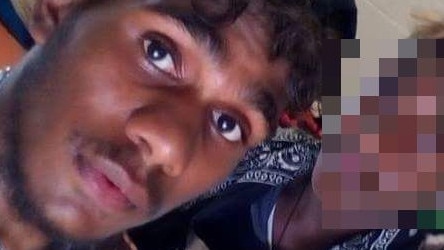
Whether Rolfe successfully defends his innocence, his name — like that of Palm Island policeman Chris Hurley — appears sure to acquire a lasting association with the divisions between indigenous and non-indigenous Australians.
Their lives are vastly different, but the pain the Walker and Rolfe families must feel has tied them to the same tragic tale.
READ MORE: Race rupture over Yuendumu murder charge | Remember the oath, NT Commissioner tells officers | Shooting police wore body cameras | Cop’s promising career faces harrowing future
Although Walker was a well-known petty criminal and reputedly an expert thief, he was treasured by his partner and relatives and accepted in his community. Watson’s grandmother Lottie Robertson-Williams, in whose home Walker stayed, says she “took him under my wing”.
“I know a lot of people talk about him, talk about his bad ways, but to me he was a human being, a respected young fellow in my house,” Robertson-Williams says. “He had manners. He was a quiet person. His smile would always make my granddaughter smile, too.”
One of her proudest moments was when Walker received a certificate for completing a youth development program.
Troubled upbringing
Walker was born on October 13, 2000, to parents who, according to his relatives, were both drinkers and died when he was young. People who worked in Haasts Bluff, near Papunya, remember him associating with petrol sniffers in about 2005.
Walker was taken into care but struggled to adjust to the changing circumstances. “He was running all the time. He was running all his life, for his life,” says Louanna Williams, a heartbroken aunt.
“The only rest he had was from the bullet — three shots — that’s his rest. How could they do this?
“How could they come here without any permission and shoot my nephew?”
Ayeetta Dixon, a witness to last Saturday’s tragedy and a relative through Walker’s foster family, says he grew up moving around and began getting into trouble in his early teens. Once Walker’s name was linked to a few break-ins, he would be hounded even for crimes he did not commit. “Some kids don’t want to put themselves in the blame, so they blame other kids instead,” Dixon says.
Otto Sims, a respected figure in the community of Yuendumu, about 300km northwest of Alice Springs, where the shooting happened, says Walker had a mental disability. Others describe it as a learning difficulty or, possibly, foetal alcohol spectrum disorder, an under-recognised condition in outback Australia, according to several submissions to an ongoing federal parliamentary inquiry.
The Weekend Australian has been told that although Walker had a long rap sheet, his most significant conviction for violence was October last year when he received a 12-month good behaviour bond for assaulting police and being disorderly in a police station. Relatives say Walker spoke rarely and reacted with violence only when he felt threatened.
Walker reached Yuendumu about a week before he died. On the Wednesday before the shooting, there was an incident at Robertson-Williams’s home in which Walker threatened two police with an axe to “scare them”, then fled into the bush.
“He went out the door, dropped the axe and ran, ran, ran,” Robertson-Williams says.
Rolfe arrived to arrest Walker last Saturday for breaching the conditions of his suspended sentence. Although police have discussed just two officers entering the house, witnesses say at least two others were nearby. A source says all were part of a special response team sent from Alice Springs.
Elizabeth Snape, who met the officers, says one mentioned an axe when she asked why he was carrying a gun. “He said, ‘We are not going to use it’,” Snape recalls.
The fatal shooting
Walker was shot in his grandmother Margaret Brown’s house while she and most of the rest of her extended family were at the cemetery burying her younger brother. The details of the shooting are now the subject of inquiries and criminal court proceedings. Police have said Walker “lunged” at the officers and Rolfe received a shoulder wound from an “edged weapon” before firing his gun.
Relatives and witnesses dispute that account, saying Walker was pinned to the wall and bashed before being thrown on to a bed, and the gun went off seconds later.
Relatives who entered the house between the shooting and when police established a crime scene the next day say the only “edged weapon” they saw was a small pair of scissors.
Yuendumu is a dusty town of about 1000 people on the southern margins of the Tanami Desert. It usually has about four police plus an Aboriginal community police officer, who is the son of a local Warlpiri man.
Walker could not receive proper medical attention after the shooting because the two Yuendumu clinic nurses had been evacuated that day after apparently fearing for their safety.
Chief Minister Michael Gunner, NT Police and the NT Health Department have all blamed the evacuation on reports of “multiple break-ins” to staff accommodation. None will say whether those break-ins were attempted or successful and over what period they occurred. Gunner was forced to recant an incorrect claim that the nurses had been injured.
Only a few days before Walker was shot, the Productivity Commission released a draft report that painted Territory children’s and families services as a spaghetti junction of poorly managed programs with little oversight or evidence that was useful. The report’s findings were similar to those of dozens of others in the years since the Howard government’s NT emergency response.
Williams says like many other youngsters, her nephew struggled to cope without adequate support, particularly as he entered his teens.
“He was going back and forth between Alice Springs and Yuendumu, living different lives,” she says. “When he came back to Yuendumu, he would get into trouble with the police … it’s difficult because, in Alice Springs, they live a town life where people drink, break in a lot and there’s domestic violence all around them.”
The aftermath
After shooting Walker, police took his body to the Yuendumu station but did not tell Walker’s relatives he was dead until the following day. Malcolm Wall, the head of a local Aboriginal corporation, says one of the officers even spoke through a hole in the fence to tell those gathered outside the station that Walker was still alive.
About 10 years ago, riots in Yuendumu led to more than 100 people fleeing the community, leaving behind streets strewn with machetes and other weapons.
After Saturday’s incident, the streets were reasonably quiet.
Sims says: “We have told the people to stay calm. We are going to do it through white man’s law, through the courts.”
Police have been seen in Yuendumu with assault rifles, prompting calls for guns to be banned from remote communities.
Sims says Walker’s death has brought back painful memories of the frontier wars, including the 1928 Coniston massacre. During a speech at a rally in Alice Springs, he evoked the spirit of Bullfrog, an Aboriginal resistance fighter and a central figure in the Coniston story. “Now that’s gone, and people have reconciled,” Sims says.
“But we still have it in our DNA that that’s what we went through.”




